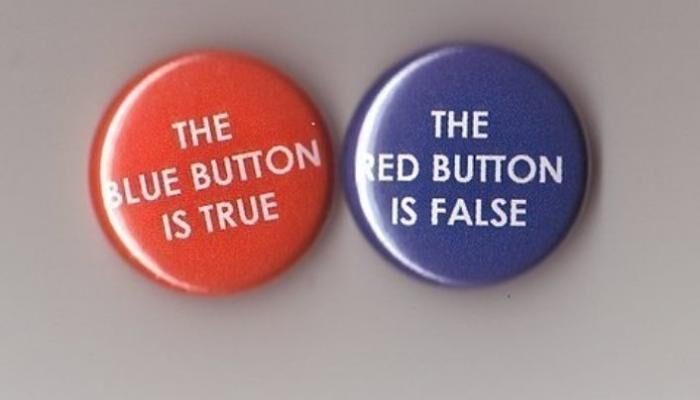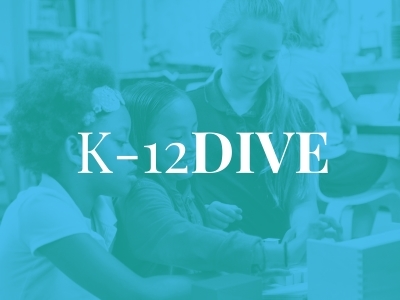Catch-66 of School Reform
Topics

Today’s learners face an uncertain present and a rapidly changing future that demand far different skills and knowledge than were needed in the 20th century. We also know so much more about enabling deep, powerful learning than we ever did before. Our collective future depends on how well young people prepare for the challenges and opportunities of 21st-century life.
Reflecting on EdNET 2013, NGLC’s Andy Calkins looks at the difficult dance of coordinating three aspects of education reform: new kinds of practice, new kinds of products, new kinds of policies.
A “catch-22” (see Joseph Heller’s eponymous novel) describes a situation marked by a cycle of seemingly unending interdependency. Recent college graduates have entered a job market dominated by a catch-22 dynamic: they need good work experience to get a job, but many employers won’t give them that job because they’re looking for people with job experience.
In education reform terms, the providers who gathered at the EdNET 2013 conference this week in Denver have been tied up in something of a catch-22. They follow the K-12 practitioner world closely and tend to tailor their products and services to suit that marketplace. Would some of them commit more resources to developing innovations for educators pursuing next generation learning? Sure—if the signs were clearer that a genuine (paying) market was emerging.
And perhaps that market would be burgeoning to the point where the big cats in the K-12 provider universe would take notice, and action. But K-12 practitioners need readier access to more and better tools, platforms, digital courseware, analytics, and next gen assessments—not to mention research-based outcomes—before they will make that commitment.
That’s why NGLC grantees like Summit Public Schools and the Education Achievement Authority of Michigan (both of which were represented on the podium at the conference) have turned into tool-builders themselves. They can’t wait for this particular catch-22 to play itself out, so they (and many others among the NGLC breakthrough model grantees) are essentially driving themselves nutty, scrambling to invent the stuff they need to gear up their personalized, competency-based, blended learning school models.
But as always, in the world of education reform, it’s even more complicated than that.
There is a third actor in this dance. If we learned anything at all from Standards 1.0 over the past twenty years, it’s that the nation’s public schools are more a system than a market. Systems are shaped by their rule-makers—in this case, federal, state, and local policymakers. The march to standards pioneered by a dozen states in the 1990s and codified nationally by No Child Left Beyond had profound effects on classroom practice, the consequent demand for standards-based products and services, and ultimately the provider universe.
That makes this geometrically more complex than a catch-22. It’s a catch-66.
Across most of the K-12 landscape, policy on next generation learning (meaning, movement toward competency-based student progression, richer/deeper definitions of success, alternative forms of assessment and credentialing, openness to genuinely game-changing innovation) lags. Policy often waits, justifiably, for research-based outcomes to emerge, which in turn depend upon rigorous trials, which are themselves dependent upon conducive policy environments (and where have we seen this dynamic before…?)
Meanwhile, in a few places like New Hampshire, Maine, and Utah, policy has somehow leapfrogged practice, and leaders there are working hard to help practitioners understand how to take full advantage of the new policy environments now in place.
And in the offices of out-in-front providers like Education Elements and Junyo, the discussion is all about what happens when providers get too far out in front of the marketplace of demand, and they are forced to pull back on the reins and hope that it catches up.
This is how new markets, systems, practices, and products emerge. It’s never clean, it’s always messy, and if there’s one thing you can safely predict, it’s that things will turn out in unpredictable ways. The breakthrough school model grantees represent an effort to get the dials right on all three aspects of this enterprise: new kinds of practice, new kinds of products, new kinds of policies. Perhaps none of them will emerge as The Answer of Answers, and that’s not really the point—there are many correct answers to this puzzle. But collectively, they are a community of innovators who are trying to meet the catch-66 challenge head-on, with new approaches enabled by new uses of curricula, assessment, and technology, and supported by flexible, innovation-conducive policy environments.
If it can happen in enough of these places, and turn out well enough… then it can happen everywhere, and eventually for every child.




